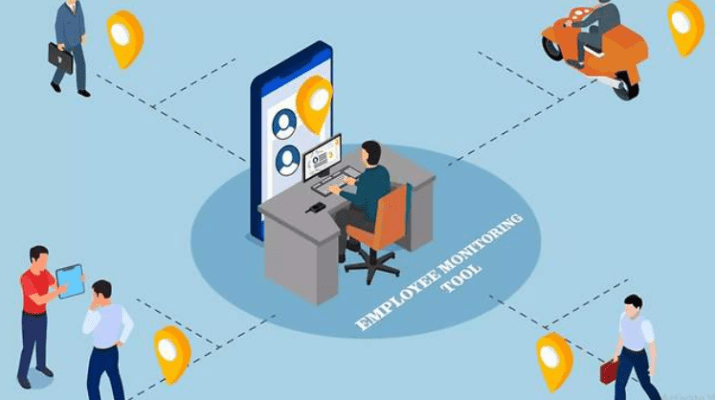By : Faddi Shaikh
Introduction:
In today’s fast-paced business landscape, where the ability to manage and optimize employee performance is crucial for sustained success, the question of “how to monitor employee computer” has become increasingly central. Employee Monitoring Software has emerged as a powerful tool for businesses to address this need and simultaneously enhance productivity, ensure security, and maintain compliance. This article aims to explore Employee Monitoring Software in-depth, covering its definition, key features, benefits, compliance considerations, use cases, selection criteria, implementation best practices, and a glimpse into future trends.
Employee Monitoring Software Overview:
Employee Monitoring Software is pivotal in modern businesses by providing a comprehensive solution for tracking, managing, and optimizing employee activities. It acts as a digital guardian, offering insights into time usage, screen activities, and overall productivity. This software is instrumental in promoting a secure and compliant work environment.
Key Features:
Explore the essential features of Employee Monitoring Software, including time tracking, screen monitoring, activity logging, and robust reporting capabilities. Highlight how these features empower management by providing valuable data for informed decision-making.
Benefits:
Examine the benefits of implementing Employee Monitoring Software for employers and employees. Discuss how increased productivity, reduced operational costs, and effective remote work management contribute to overall business success.
Compliance and Privacy:
Address concerns related to privacy and compliance with data protection laws. Illustrate how Employee Monitoring Software can be utilized ethically and legally, ensuring a balance between monitoring and respecting individual privacy.
Use Cases:
Provide real-world examples of how various industries and businesses leverage Employee Monitoring Software. Showcase scenarios such as remote work management, project tracking, and time optimization to demonstrate its versatility.
Choosing the Right Software:
Offer guidance on selecting the most suitable Employee Monitoring Software, including features such as the “web worker tracker,” based on specific business needs. Discuss factors like scalability, integrations, and user-friendliness to assist decision-makers in making informed choices. This comprehensive approach ensures that businesses not only address their immediate monitoring requirements but also consider the evolving landscape of remote work with the incorporation of tools like the “web worker tracker“.
Implementation:
Discuss best practices for implementing Employee Monitoring Software within an organization. Emphasize the importance of clear communication with employees to foster understanding and cooperation.
Trends and Future Outlook:
Explore current trends and emerging technologies in the Employee Monitoring Software landscape. Discuss how the software is evolving to meet the challenges posed by changing work environments, providing readers with a glimpse into the future of employee monitoring.
Conclusion:
In conclusion, Employee Monitoring Software has become an indispensable tool for businesses aiming to enhance productivity, ensure compliance, and adapt to evolving work environments. This comprehensive guide has covered the software’s definition, key features, benefits, compliance considerations, use cases, selection criteria, implementation best practices, and future trends. By leveraging the insights provided in this article, business owners, HR professionals, and IT managers can make informed decisions about implementing Employee Monitoring Software to drive success in their organizations.



